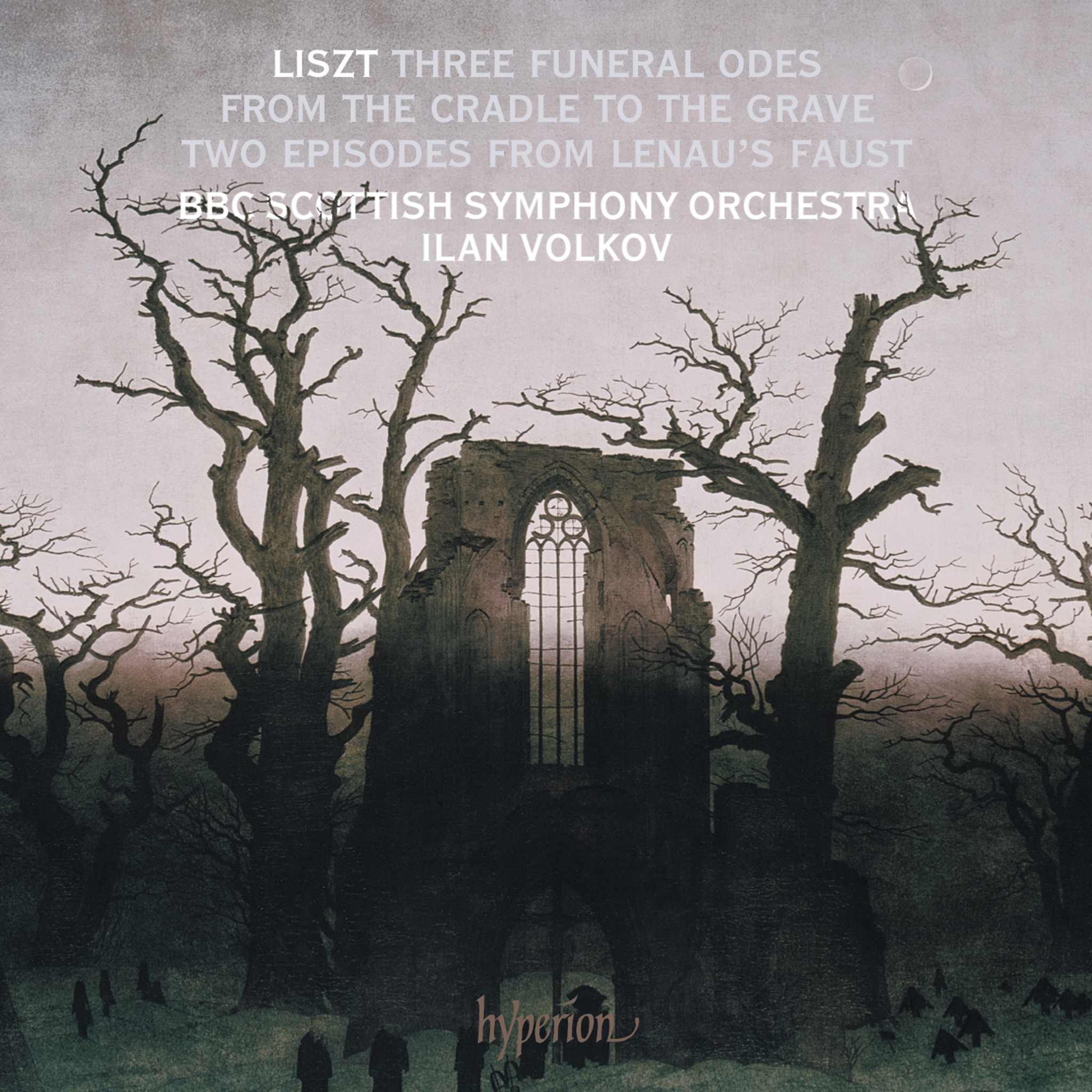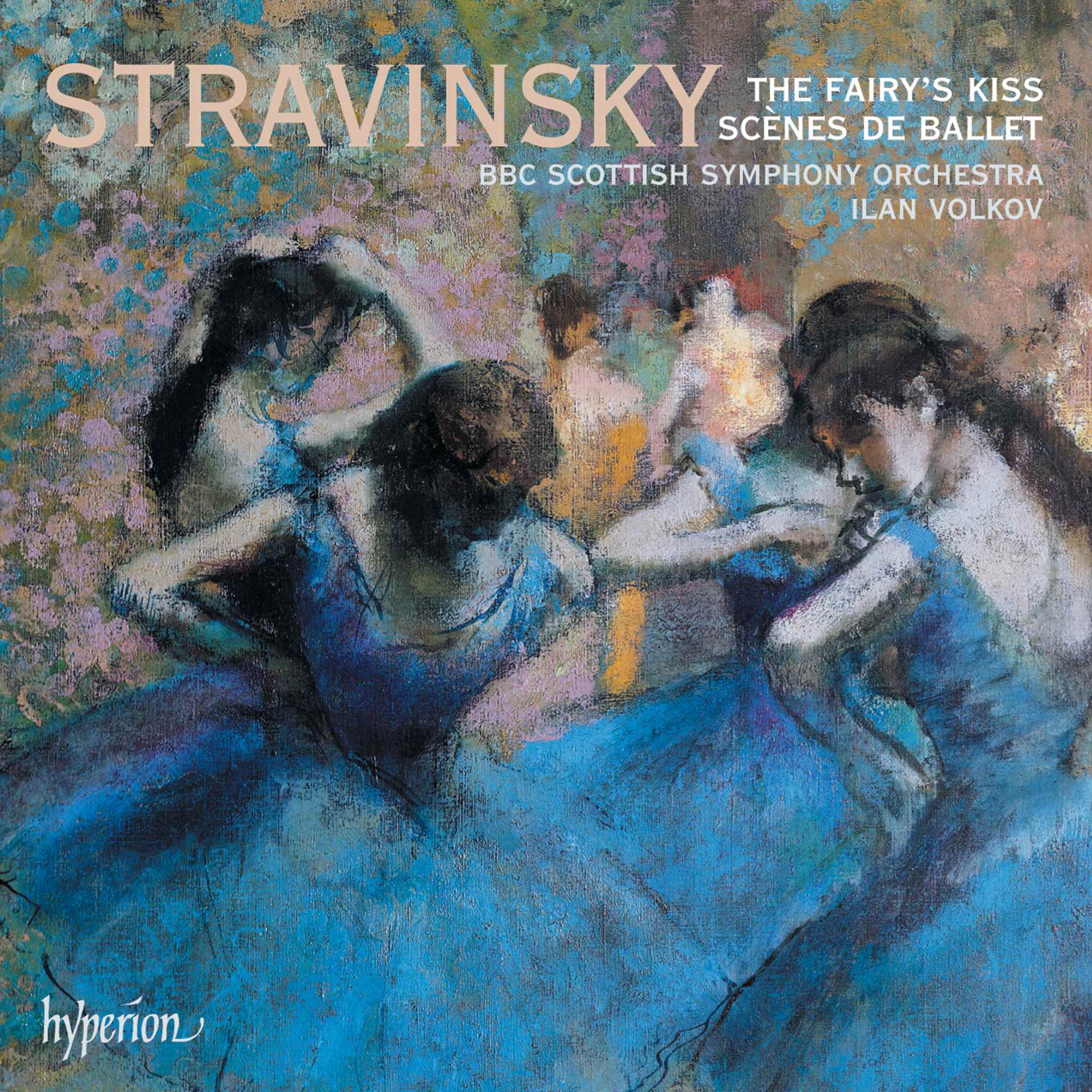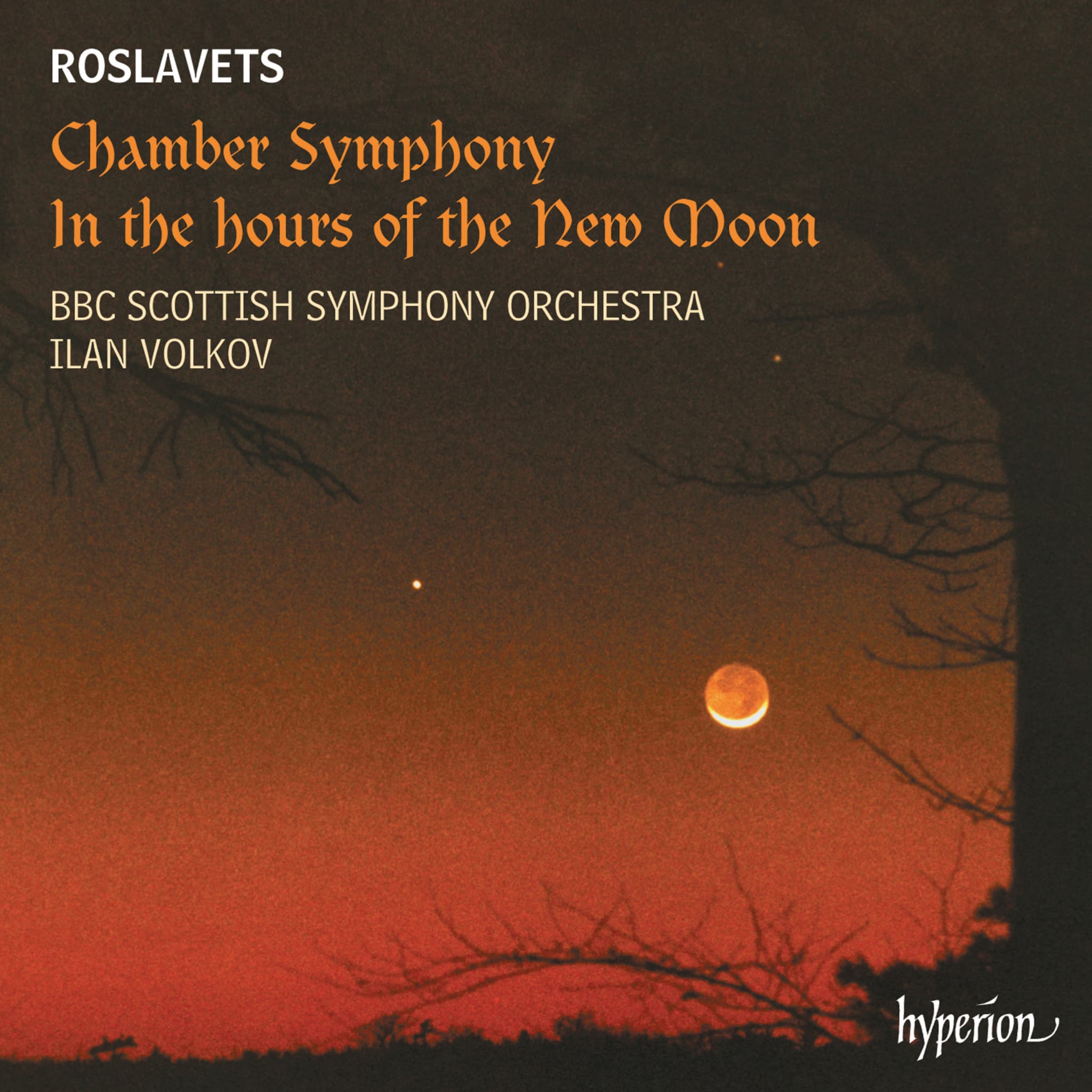Album insights
In 1777, at the age of 21, Mozart embarked on his first trip without his father, leaving Salzburg to seek stable employment. Accompanied only by his mother, he didn't see his father for 16 months. After stops in Munich and Augsburg, they arrived in Mannheim, known for its renowned orchestra. Although he didn't secure a position, Mozart performed concerts and gave lessons, particularly to the 16-year-old soprano Aloysia Weber, whom he fell in love with. He proposed to take her to Italy to help her become a prima donna, an idea quickly rejected by his father.
Before heading to Paris, Mozart composed his Sonata in D Major, K.311. The lively Allegro con spirito opens the piece, showcasing dialogues between musical figures and leading to a climax before descending into a contemplative theme. The Sonata’s development section emphasizes a Mannheim technique, featuring descending sigh figures and a reverse recapitulation towards the end, showcasing Mozart's unconventional approach and surprises.
In Paris in March 1778, Mozart faced difficulties with the French and lived in cramped quarters without a piano. Sadly, his mother passed away shortly after from probable typhus. Devastated, Mozart couldn't immediately inform his father. Whether his Sonata in A Minor, K.310, was composed before or after her death remains uncertain, as he never mentioned it in his correspondence, though it stands as an impressive piece.
Mozart’s popular work, Sonata in C Major, K.331, eschews traditional sonata form with a Siciliano-like theme followed by six variations. These variations present technical challenges, with the final "Alla turca" movement showcasing Mozart's playful exploration of Turkish musical elements. The Sonatas in F Major, K.332 and B-flat Major, K.333, offer contrasting dynamics and themes, each demanding a unique interpretation and skillful execution. Unique to K.333, the piece possibly composed hastily during a stopover in Linz reveals a multifaceted composition with an expansive cadenza in the finale.
Mozart's Fantasias, K.396 and K.397, exhibit dramatic contrasts in mood, offering intricate technicalities and expressive challenges for pianists. These miniatures serve as microcosms of Mozart's style, rich in harmonic expressions and improvisational elements. The Fantasia in D Minor, particularly, symbolizes a journey through different emotional landscapes, akin to the shifts seen in his concerto works.
Angela Hewitt, © 2023










